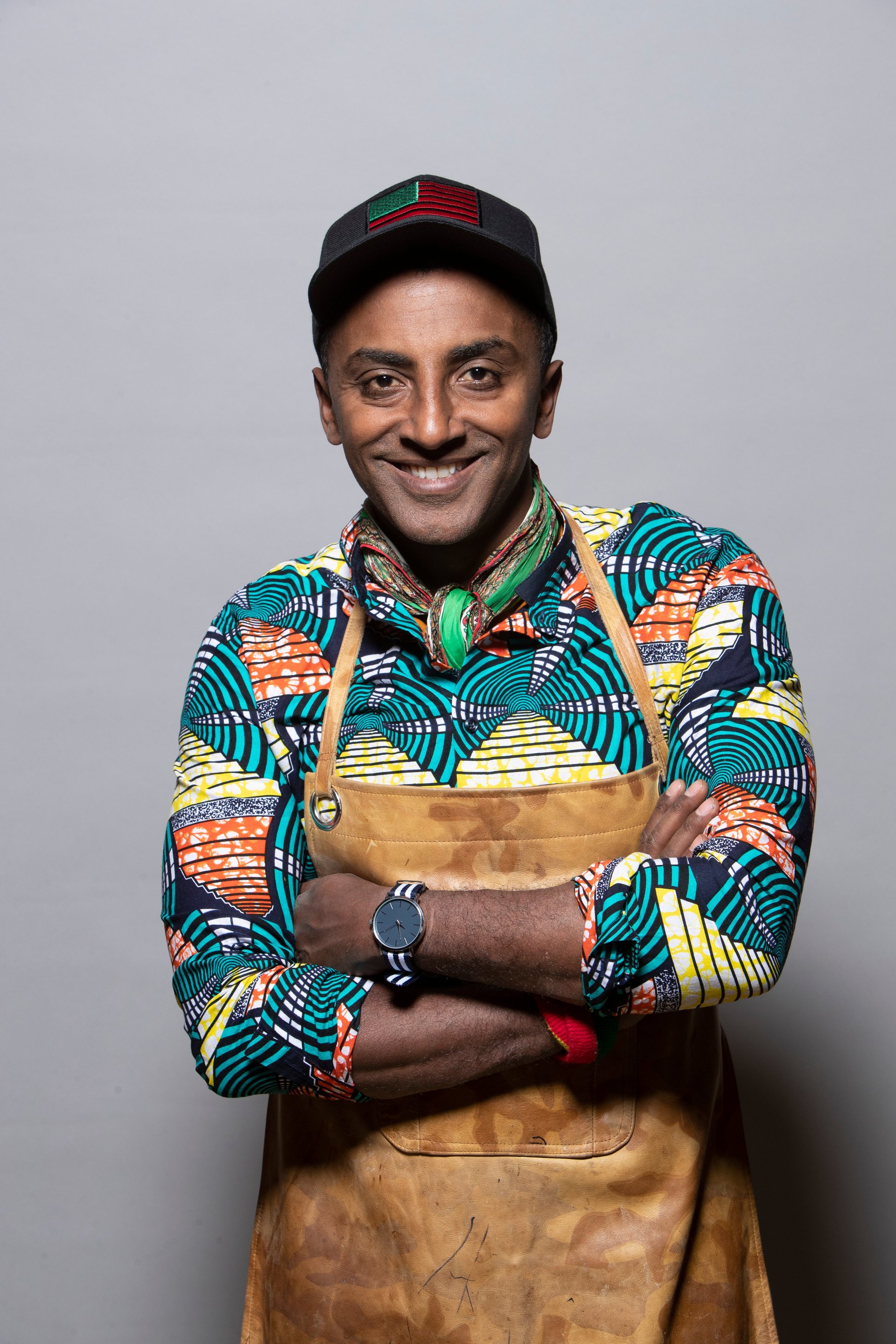With its focus on immigrants, “No Passport Required” is the food show America needs now
“This is like a three-star Michelin dish, this one, I mean think about it, the preparation, the texture of the tortilla, we just take it for granted because it’s affordable,” chef Marcus Samuelsson says, biting into a taco in a combination bodega, butcher shop, bar, and taqueria in one of Chicago’s Mexican neighborhoods. “You know how messed up that is?”


“This is like a three-star Michelin dish, this one, I mean think about it, the preparation, the texture of the tortilla, we just take it for granted because it’s affordable,” chef Marcus Samuelsson says, biting into a taco in a combination bodega, butcher shop, bar, and taqueria in one of Chicago’s Mexican neighborhoods. “You know how messed up that is?”
Like any food travel show it all looks delicious. Unlike the vast majority of food television though, Samuelsson’s new PBS program No Passport Required is focused on the immigrant experience in the US in a way that goes beyond bao and bahn mi.
As the host of No Passport Required, which debuts on July 10, Samuelsson travels around the US, delving into immigrant communities via food. He eats maqluba a chicken, eggplant, and rice dish with Syrian refugees in Detroit, and carnitas with a Mexican restauranteur in Chicago. Samuelsson, who was born in Ethiopia, adopted by Swedish parents, and then moved to the US to be a chef, favors a pastiche of color and pattern, punctuated with bold accessories, and is one of the few modern humans who can truly pull off a cravat.
He’s a handsome man who would stand out in almost any setting. And that charming outsider quality combined with his personal story of global migration seems to make the people he interviews open up to him—like the mother and her adult son (a restaurant beverage director) who relate how they crossed the Mexican border together when he was just a toddler.
Eater, the food website that produced the show in partnership with PBS, has been at the center of conversations about cultural appropriation, sexual harassment, and immigration in the food world, and that fluency shines through here. This a show that truly reflects the current conversation about representation in food and media. Samuelssson spends time with both recent immigrants and cooks who have been in the US for decades. He goes to high end restaurants and to corner shops and catering halls. He talks to men and women in equal measure. Context is provided by historians documenting their own communities, not talking heads in universities. There are very few white people on screen. Intersectionality is everywhere.
At the same time, No Passport makes sure to bring everyone up to speed, explaining that not all Arabs are Muslim, and that not all Muslims are Arab in a matter of fact way; defining the difference between refugees and immigrants; outlining how DACA works. It’s not just diverse, it’s a layered, nuanced picture of how communities evolve over decades as waves of newcomers join more established enclaves.